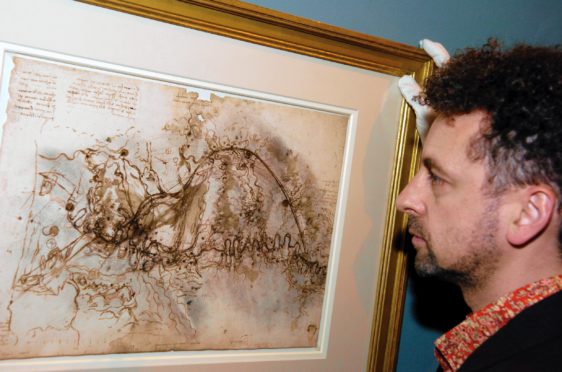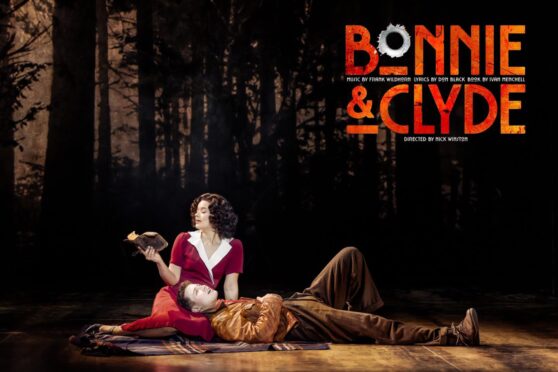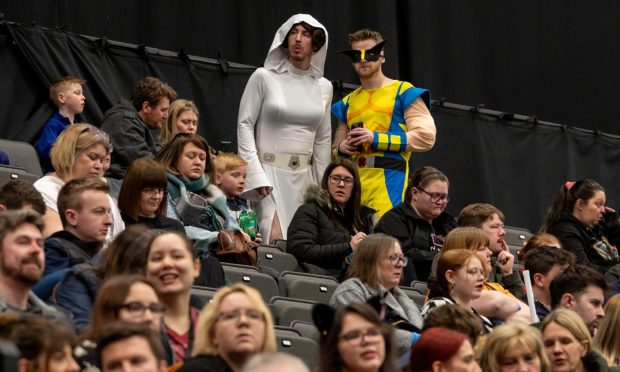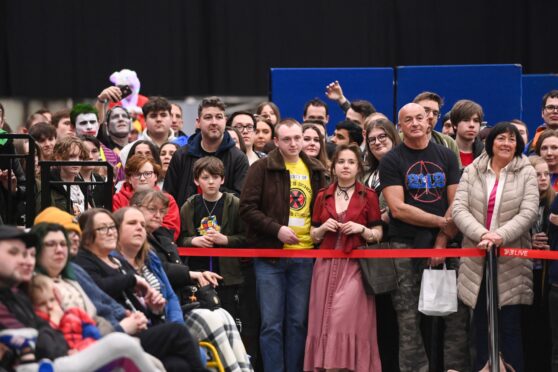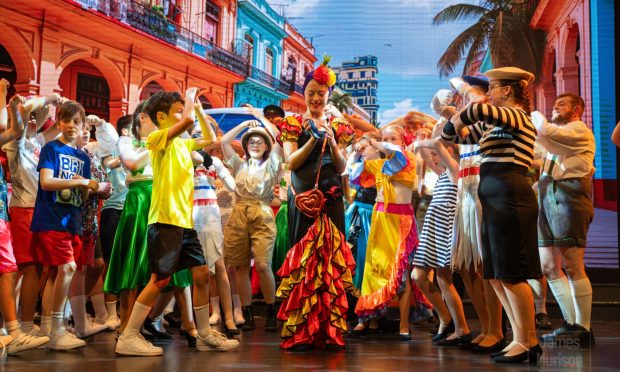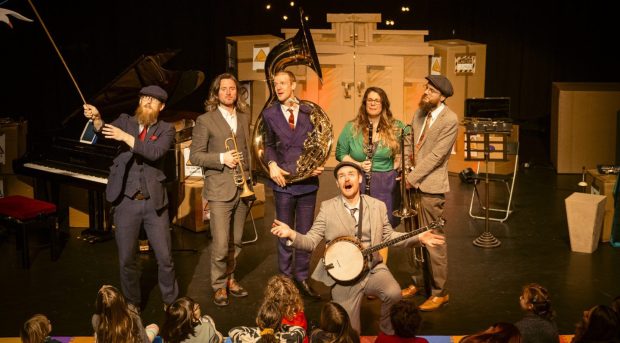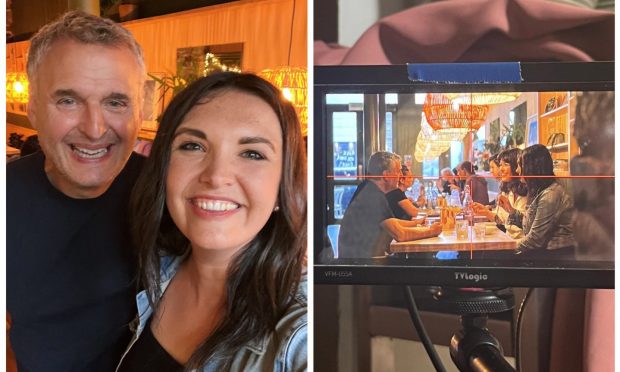What might have been one of the most priceless exhibitions to visit the city may have also been one of its most popular.
Ten 500-year-old drawings by Leonardo Da Vinci took the city’s art gallery by storm in 2006 and gained tremendous footfall.
Work by the celebrated artist arrived in the Granite City as part of the Her Majesty The Queen’s 80th birthday celebration.
Aberdeen Art Gallery was the only Scottish venue on the tour at the time and people flocked in huge numbers to get a unique chance to view the stunning collection.
Normally, the works would have been preserved in the Royal Library at Windsor Castle and they are among the greatest treasures of the Royal Collection.
The organisation holds the world’s most important group of the artist’s drawings.
Pieces ranged from anatomical to architectural and the famous bust of the Madonna from around 1503.
They were curated to give visitors a sense of the Renaissance painter’s career.
Da Vinci’s sketches arrived that summer on loan and attracted crowds, with 22,506 people visiting the gallery over five weeks compared to the 15,244 in the same period in 2005.
Some 1,735 people visited the exhibition on the opening weekend alone.
Aberdeen Art Gallery also staged a programme of art, dance and drama to celebrate the Renaissance master.
After its tour in Aberdeen, the exhibition moved south to Leeds and then Cardiff.
